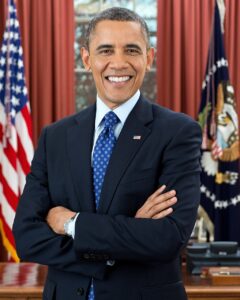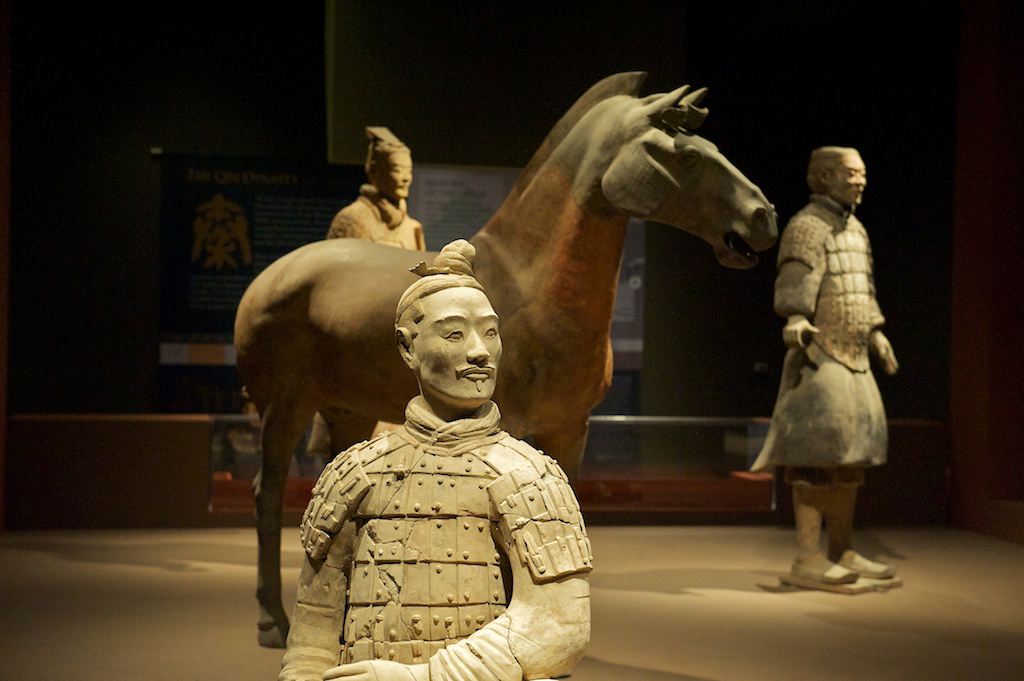This is a book I’ve been quite excited to read. I follow Gideon Rachman’s columns in the Financial Times and posts on Twitter regularly as he is one of the eminent foreign policy journalists today. Of course, he is also a Western journalist so even though he has travelled through most parts of the world and lived in several countries, his articles always take a Western point of view while, to his credit, giving an idea of other interpretations. Ironically, the Financial Times was recently bought by a Japanese company, thus symbolising how ‘the Western interpretation’ of world affairs is starting to matter less. At the same time, Chinese companies are building nuclear power plants in the UK, buying traditional German Mittelstand businesses and Chinese military forces are dominating more and more of the Pacific.

That may leave a lot of Westerners thinking what this mega trend will mean for them. In this way, ‘Easternisation: War and Peace in the Asian Century‘ is an excellent read for Westerners as a whole part of it in the beginning goes to explain that, in fact, the West wasn’t always in charge of world affairs and that on a longer time-scale we are simply seeing a shift back in power to where it has been for long stretches in history. This may be somewhat less surprising to most Chinese readers but it will certainly come as a mild shock to many readers in the West, whose dominant picture of the world is one led by the US and Europe since WWII and before that by the various European empires.
In US-Sino relations, the book frequently references the in political and military circles oft-cited Thucydides trap, which in essence concludes that the balance between a rising power and a dominant power is such that it will sooner or later lead to war between them. In reference to this and bringing to the end of the book first, it closes by saying that
[…] in the age of the internet, nuclear weapons, artificial intelligence and global warming, it seems unduly fatalistic to believe that nations must continue to follow patterns of behaviour that were first observed in ancient Greece. The great political challenge of the twenty-first century will be to manage the process of Easternisation in the common interest of mankind.
Along those lines, the book explores various current trends and puts them in their right historical context. An interesting aspect is, for instance the role of Africa in all this. The author notes how in the 1880s, Western powers saw the continent as their zone of influence and how their ‘scramble for Africa’ had essentially divided up the continent into its current form. Chinese investment in the ‘lost continent’ (from a Western point of view, that is) has resulted in the construction of forty-two stadiums and fifty-two hospitals in just 10 years. The author illustrates this with several humorous but poignant anecdotes such as when he describes the shock of his hosts at the Japanese embassy in London when they discovered that there were 30’000 Chinese living in Libia and that the Chinese government was capable of organising a naval mission across the Mediterranean to rescue them.

Early on, the book discusses Obama’s famous ‘Pivot to Asia’ but also exposes some of its naïve assumptions. It rightly points out (to little surprise…) how ignorant Europeans and Americans are of their own imperial history and how they are incapable of making the necessary emphatical leap to recognise the open historic wounds that are still resonant in many Asian minds. Tony Blair confessed that he had little idea of what then-Chinese-president Jiang Zemin meant when he suggested to him that Britain and China could now put history behind them at the 1997 ceremony in which Britain handed Hong Kong back to China. From the Opium War to the burning of the Summer Palace, Britain had inflicted humiliation after humiliation on China in the past, which is hardly remembered in Britain but certainly not forgotten in China.
This stands symbolically for how the intentions of an increasingly dominant China are often misunderstood by Westerners simply due to a lack of historical context. Indeed, the book opens by reminding its readers that in Chinese history, foreign visitors to the imperial court were often treated as ‘barbarians’ who were expected to pay tribute to the emperor. The author notes how he was invited to China along with a small Western group of eminent people such as former prime ministers, billionaires and leading academics. He describes how they were ushered into a hall and lined up like schoolchildren before being allowed to take a group photo with the president. After president Xi shook a few hands, Franics Fukuyama, a famous academic among the delegation, gasped ‘I touched him!’ in mock awe.
|
|
In similar fashion, Gideon Rachman gives the reader a view behind the scenes of foreign policy and how strategists’ thinking is shifting. Overall the book is a good analysis of our current international relations climate and leaves the reader with an understanding of current affairs while also offering witty anecdotes. The book doesn’t go into depth on laying out possible future scenarios on where current trends may lead. Does he think it is likely that a new Cold War type era is beginning, this time with the US and China as its rivals? Many of the data given suggest that over the next decades, the West will gradually sink into irrelevance compared to Asia in terms of demographics, economics, politics and science – in that order. What future scenario will this most likely lead to? The recurring theme is the earlier mentioned Thucydides trap. It isn’t helpful that this book was completed just before the election of Donald Trump, which has dramatically altered the world’s foreign policy outlook.
Another issue that is in my view overlooked or not discussed in enough detail is that of cyber-warfare and how recent hacking attacks clearly mean that the political balance of power will, more than ever, shift to those who hold the most advanced systems built by the best brains. Here, the author’s insights from political and military gatherings would be especially interesting as few details of government programs in this field are known to the public. Unlike the fairly open, intellectual debates around the policy and its implications of nuclear weapons during the Cold War, which I am also discussing in my review of Henry Kissinger’s biography (still due to be posted), the details or theory behind any grand cyber-warfare strategy remain murky.
‘Easternisation: War and Peace in the Asian Century’ is available from Amazon.



Cities versus Country - What on Earth is Happening to Politics
June 8, 2018[…] Gideon Rachman explores in his book ‘Easternisation: War and Peace in the Asian Century‘, the Thucydides trap is often referred to when political analysts point to the risk of […]